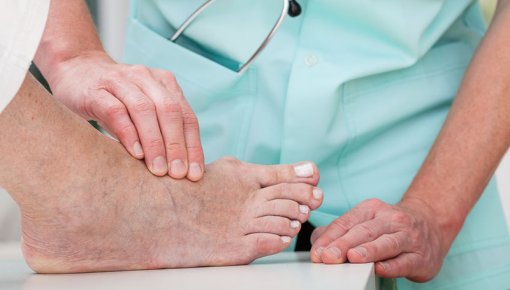What are the treatment options for warts?

Warts are usually harmless and generally go away on their own after a few weeks or months. But they can be bothersome and unattractive. They may also be painful, especially on the feet. Various treatments can help warts go away faster.
Warts are caused by viruses known as human papillomaviruses (HPV), of which there are more than 100 different types. Warts are most common on your hands, feet, and face. They may also develop in the genital and anal area. This information doesn't cover the treatment of genital warts.
There are a number of different treatments that can improve the chances of getting rid of warts faster, but they don't always work. Warts on the soles of the feet are particularly hard to treat because they're sometimes pushed inward. No treatments have been proven to work here. Also, new warts may form after successful treatment if any viruses or infected skin cells remain.
Warts are often treated with a salicylic acid solution or cryotherapy. These are also the best-studied treatments.
